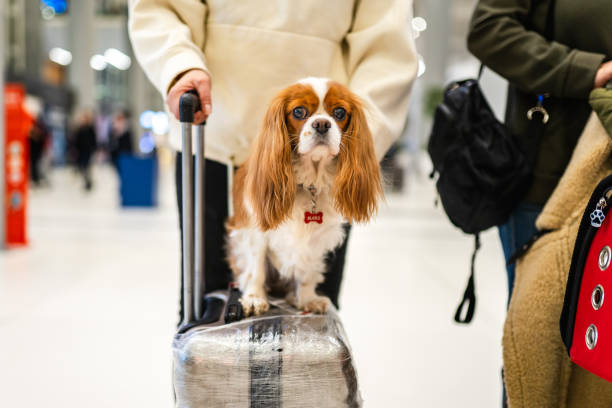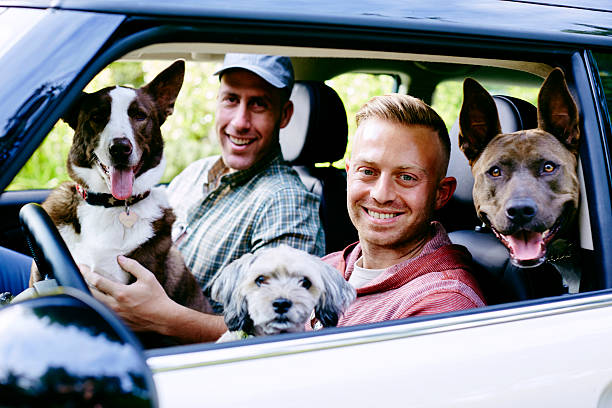Moving your pet from one country to another usually entails long-haul flights, and in some cases, unavoidable layovers. A lot of pet owners worry about their beloved pet passing hours at a foreign airport — and understandably so. Having an idea of what goes on during a pet layover might give you peace of mind and enable you to prepare more adequately.
1. Where Does Your Pet Sleep During a Layover?
When pets fly as cargo or through a pet moving company, they are usually delivered to an assigned animal holding facility during a layover. These are animal-only terminals that are climate controlled to keep your pet safe and comfortable. Airline crew or ground handlers ensure your pet is transferred directly from one flight to another without exposure to extreme weather or airport conditions.
2. Health and Welfare Checks
On longer layovers (typically more than 3–4 hours), trained animal care staff check your pet’s crate to ensure that it’s secure and that your pet is healthy. They keep an eye out for signs of stress, discomfort, or overheating. In a few instances, they will refill water bowls, give fresh absorbent bedding, or make slight adjustments for your pet’s comfort.
3. Feeding and Medication
Airlines avoid feeding pets on short layovers to avoid motion sickness during the flight. Yet, for your pet if it needs medication or special care, this can be arranged ahead of time with your airline or pet relocation company. For extremely long layovers (more than 8 hours), food might be given to pets if authorized by their owner or listed in their travel arrangements.
4. Security and Documentation Transfer
Along with your pet, all travel documentation is thoroughly inspected and handed over to the connecting carrier. This includes vaccination records, import/export permits, and microchip information.. Any mismatch here may hold up your pet’s onward journey — which is why engaging a professional relocation agent guarantees everything is spotless.
5. What About Comfort Breaks?
The majority of pets will stay in their travel crate the entire layover, particularly in airports that do not have specific pet relief areas. But at major global hubs with specialized pet lounges (such as Frankfurt or Amsterdam), pets can be removed for short walks or for crate cleaning under supervision.
6. How Can You Prepare as a Pet Parent?
Select the proper crate: Airline-approved, well-ventilated, and comfortable.
Label it clearly: Add feeding instructions, owner contact numbers, and emergency contacts.
Work with professionals: A pet moving company deals directly with airlines to facilitate convenient layovers.
Avoid tight connections: A layover of 3–4 hours minimum provides ground personnel with sufficient time to transfer your pet without hurrying.
Though pet layovers might seem hectic, they’re actually planned with safety in mind for your pet. Solid pet relocation companies and airlines have systems in place to keep an eye on, move, and keep pets safe while traveling. By knowing the procedure — and doing it ahead of time — you can be sure your pet arrives at their destination healthy, safe, and stress-free.



